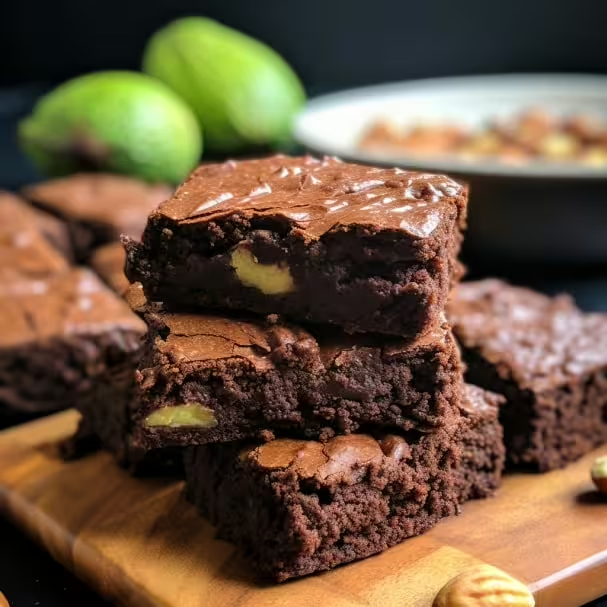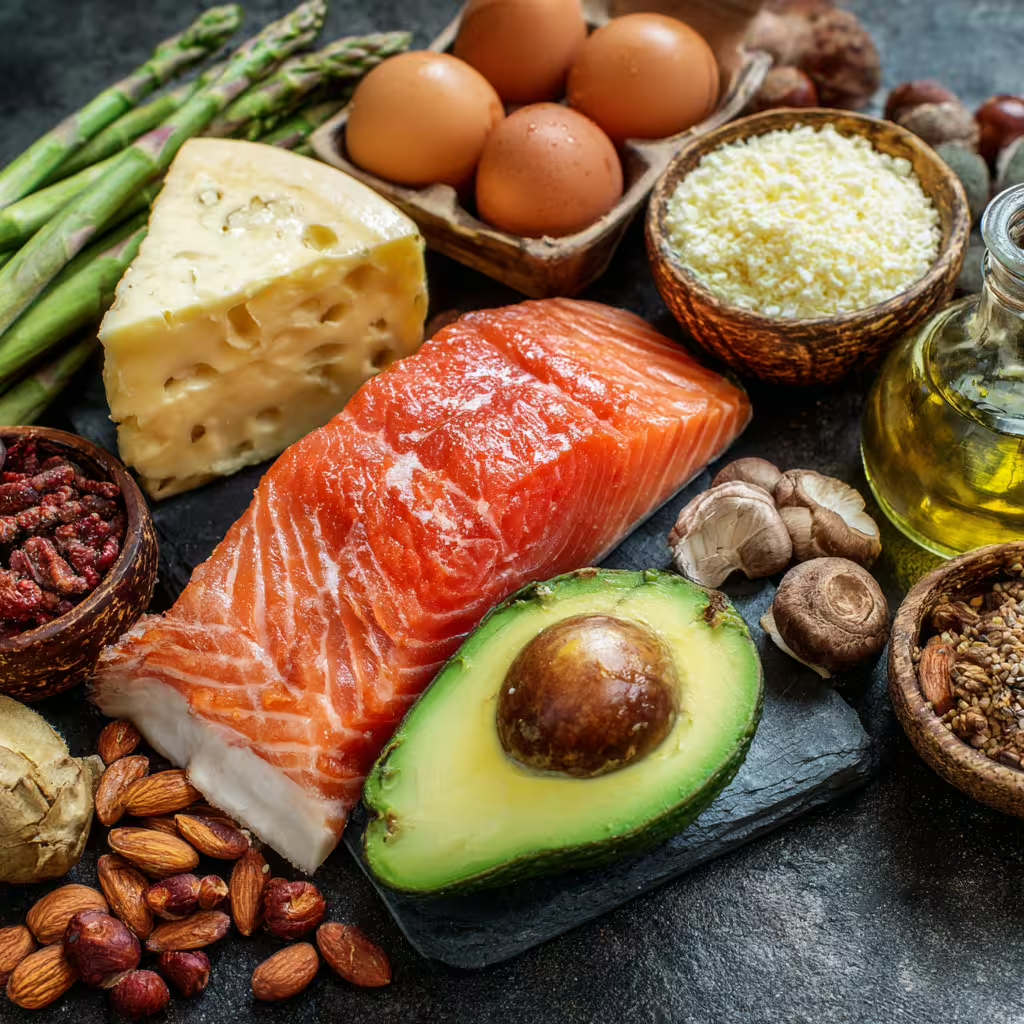The ketogenic diet, commonly known as the keto diet, has become one of the most talked-about health trends of the past decade. Loved by celebrities, fitness influencers, and everyday health enthusiasts, this low-carb, high-fat eating plan has gained popularity for its potential to support weight loss, boost energy, and improve mental clarity. But what is the keto diet really about, and is it right for everyone?
At its core, the keto diet focuses on drastically reducing carbohydrate intake and replacing it with fat. This shift in macronutrients puts the body into a state known as ketosis, where it begins to burn fat for fuel instead of relying on glucose from carbs. In ketosis, the liver converts fats into ketones, an alternative energy source that can power the brain and body more efficiently for some people.
One of the biggest reasons people turn to keto is for weight loss. By lowering insulin levels and promoting fat burning, the keto diet can help reduce body fat, particularly in the abdominal area. Many also experience reduced hunger due to the satiating effects of dietary fat and protein, which can make it easier to stick to calorie goals without constant cravings.
But weight loss isn’t the only reason people adopt a ketogenic lifestyle. Studies suggest that keto may have potential benefits for blood sugar control, making it appealing for those with type 2 diabetes or insulin resistance. Some research even points to its therapeutic use in managing conditions like epilepsy, polycystic ovary syndrome (PCOS), and neurological disorders, although more studies are needed.
Despite its benefits, the keto diet is not without its challenges. Transitioning to keto can lead to what’s known as the “keto flu“, a temporary set of symptoms including fatigue, irritability, and brain fog as the body adapts to using fat for energy. It also requires a high level of commitment, label reading, and awareness of hidden sugars and carbs in processed foods.
Another key consideration is long-term sustainability. The restrictive nature of keto can make it difficult to follow for extended periods, especially for those who enjoy carb-rich foods like bread, fruits, and pasta. Social gatherings, travel, and eating out can also pose challenges, making planning ahead essential for success. And you can always make keto bread.
Nutrient balance is another concern. Cutting out many carb-rich foods can limit the intake of fiber, vitamins, and minerals. It’s important for individuals on a keto diet to prioritize whole foods and ensure they’re getting adequate nutrition from leafy greens, low-carb vegetables, nuts, seeds, and healthy fats.
The core foods of the keto diet are those that are low in carbohydrates, high in healthy fats, and moderate in protein. These foods help the body enter and stay in ketosis, a metabolic state where fat is burned for fuel instead of carbohydrates.
Here’s a breakdown of core keto-friendly food groups:
🥑 Healthy Fats (Keto’s Foundation)
- Avocados and avocado oil
- Olive oil and olives
- Coconut oil and MCT oil
- Grass-fed butter and ghee
- Nuts (especially macadamias, pecans, walnuts)
- Seeds (chia, flax, hemp, pumpkin, sunflower)
🥩 Proteins (Moderate Intake)
- Fatty cuts of beef, pork, lamb
- Poultry with skin (chicken thighs, duck)
- Fish and seafood (especially salmon, mackerel, sardines)
- Eggs (whole eggs are ideal)
- Bacon and sausage (check for sugar-free varieties)
- Organ meats like liver (nutrient-dense)
🥦 Low-Carb Vegetables (Fiber & Nutrients)
- Leafy greens (spinach, kale, romaine)
- Cruciferous veggies (broccoli, cauliflower, cabbage, Brussels sprouts)
- Zucchini, asparagus, cucumbers, celery
- Mushrooms, bell peppers (in moderation)
- Herbs (parsley, cilantro, basil)
🧀 Dairy (Full-Fat, Low-Carb)
- Cheese (cheddar, mozzarella, brie, cream cheese)
- Heavy cream
- Greek yogurt (unsweetened, full-fat – used sparingly)
- Sour cream
🍳 Pantry Staples
- Eggs (a keto superfood)
- Almond flour and coconut flour (for keto baking)
- Unsweetened cocoa and dark chocolate (85% and up)
- Sugar-free condiments (mustard, mayo, hot sauce)
- Bone broth
- Low-carb sweeteners (stevia, erythritol, monk fruit)
❌ Foods to Avoid
- Grains (bread, pasta, rice)
- Sugars (sweets, soda, honey)
- Most fruits (bananas, apples, grapes)
- Starchy vegetables (potatoes, corn, peas)
- Beans and legumes
- Low-fat dairy and processed foods with hidden carbs
These core foods form the nutritional base of the keto diet, helping individuals stay within their daily carb limit (typically 20–50 grams per day) while feeling full, energized, and satisfied.
In conclusion, the keto diet can be a powerful tool for weight loss and improved metabolic health when done mindfully. However, it’s not a one-size-fits-all solution, and potential followers should consider their personal health goals, preferences, and lifestyle before diving in. As with any major dietary change, consulting with a healthcare professional or registered dietitian is strongly recommended.
Whether you’re considering keto for weight loss, improved focus, or metabolic support, understanding the full picture is key to success, and to making informed, lasting decisions for your health.










